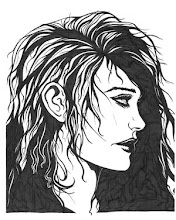Activity 1.1
6 hours
From your study of the course so far, you should be able to make a list of formats that would be useful for disabled students as alternatives to inaccessible resources. For example, a Word document might be an alternative to an inaccessible PDF file. Students in the case studies have mentioned alternatives such as braille or subtitles for video.
Make a list of at least five alternative formats in your blog. Use your own experience and any relevant notes from previous weeks to make brief notes for each format about:
its positive features
its negative features
the technical resources that might be needed to create it
the human resources that might be needed to create it.
If you need more information, carry out an internet search.
This is where I feel my lack of technology 'know how' lets me down pretty badly. I've read others' blogs and the wiki pages and there is definitely a big difference between me and some of my peers. It appears many of them are confident in the use of technology and are able to use alternatives to inaccessible resources with a lot more ease than I am.......need to do a lot more reading and researching to get myself up to scratch. If I'm struggling with the technology as someone who has no disability then how frustraing must it be for those with disability. It's as if knowledge and experience of technologies is an expectation of people with disabilities....here's the technology now use it and you will have accessibitiy.y What if they're as technophobic as I am??!! For me the tools and technologies used to aid accessibility at times made the activities I was to carry out as part of this course inaccessible!!!! (Hasn't helped having kids off school last week due to half term holidays!)
Irish poetry
-
I have always been attracted to Irish poetry. Maybe it's because my
ancestors were Irish (My maternal great grandmothers were born in Cork and
Waterford...
6 days ago



No comments:
Post a Comment